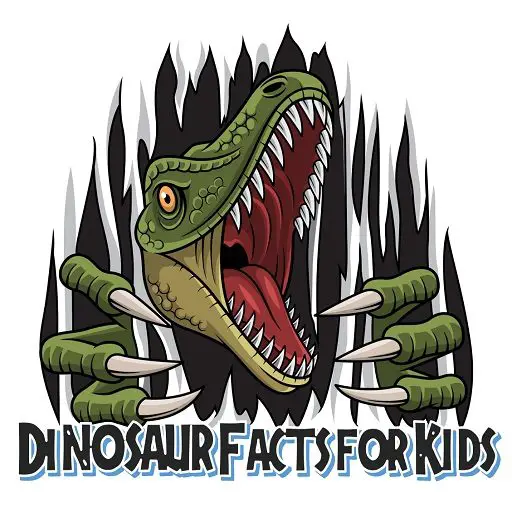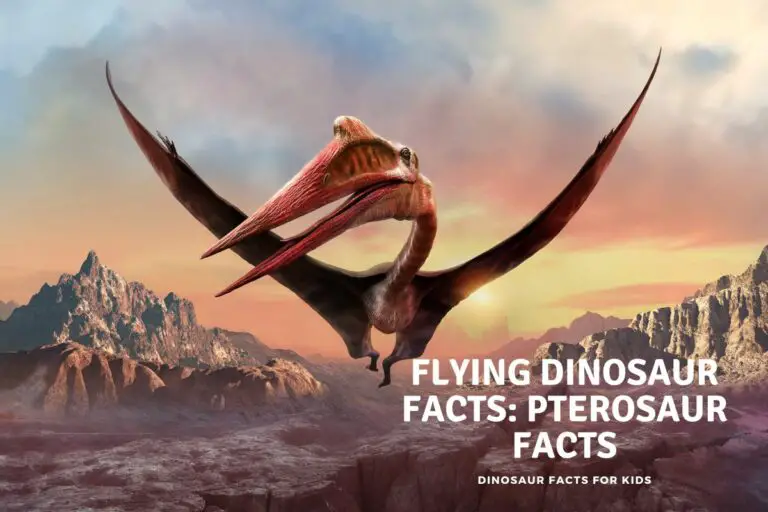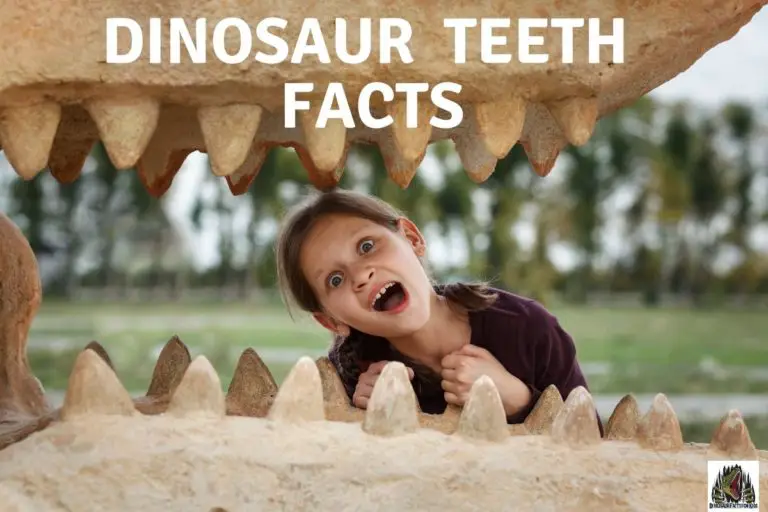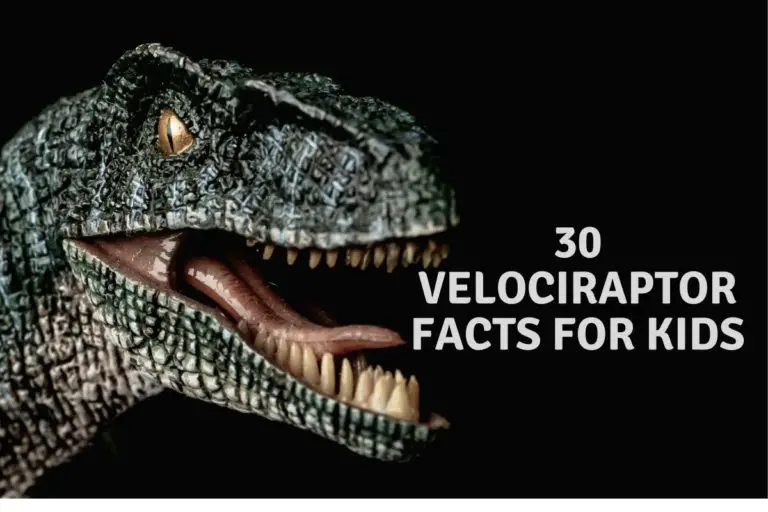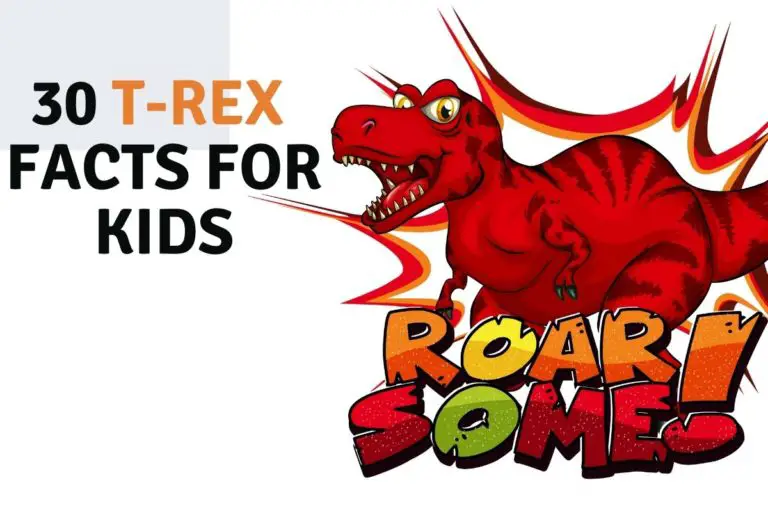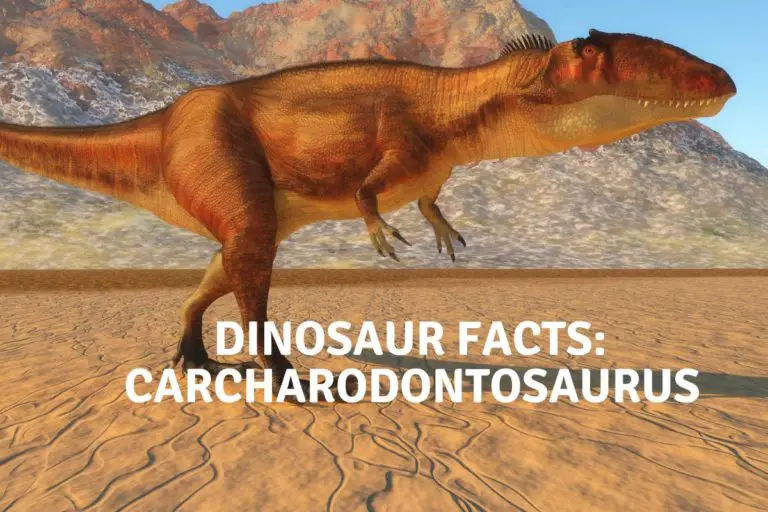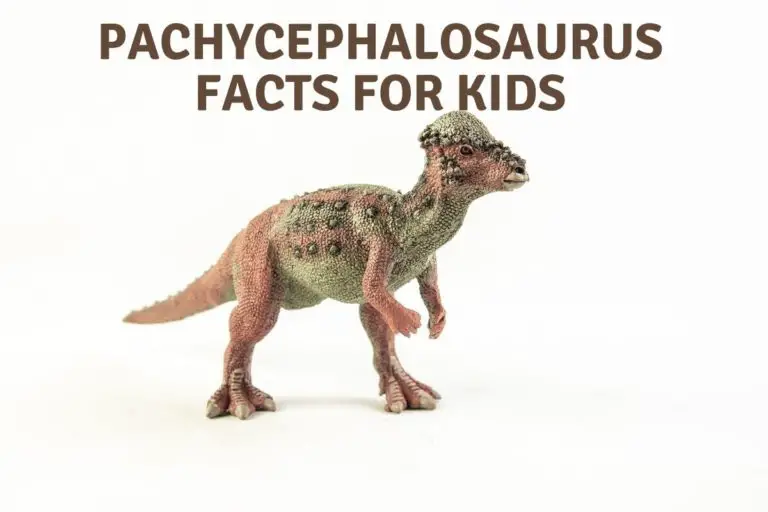Moros Intrepidus Facts for Kids.
When we were researching this Moros intrepidus facts article we came across a newspaper article than said “not so scary after all, T-Rex began from an adorable deer sized dinosaur“. We we can agree to agree with the second part of that sentence, but not the first. We will look at some Moros intrepidus facts below that may make this dinosaur seem not quite as cute as it does in the Jurassic World Dominion movie!
Moros intrepidus was a small, carnivorous theropod dinosaur that was a distant relative of the Tyrannosaurs Rex. It lived during the Late Cretaceous period, around 96 million years ago. Moros intrepidus was about 3 meters (9.8 feet) long, and weighed around 80 kg (185 lb).
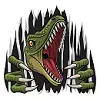
Although it may be shown picking food from the mouth of a giganotosaurus in the movie, and at a size that makes it almost worthy of being a house hold pet. We think you better read these facts about Moros intrepidus before you rush off to the Jurassic Pet Store and think about getting one!!
Moros Intrepidus Quick Facts
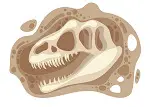
- Morus Intrepidus means “Adventurous Harbinger of Doom.” It is from Latin and Greek.
- It is thought that this was one of the first relatives of the Tyrannosaurus Rex
- The first fossil of Moros intrepidus was found in Utah, USA, in 2013
- Morus Intrepidus is estimated to weight about 5ft tall, 78 kg (172 lb) in weight and be about 3 metres long.
- Although Moros intrepidus was small, it was probably quite fast and agile
- Moros Intrepidus was carnivorous and probably ate small animals, such as lizards, small or baby dinosaurs and mammals
- it is very likely that it did have feathers.
Don’t forget to check out and print our Moros intrepidus fact sheet below to collect as well. (you can find it below.) We also have loads more dinosaurs on this site for you to learn about. You can check them out in the menu on the top an in the sidebar.
Moros Intrepidus Facts
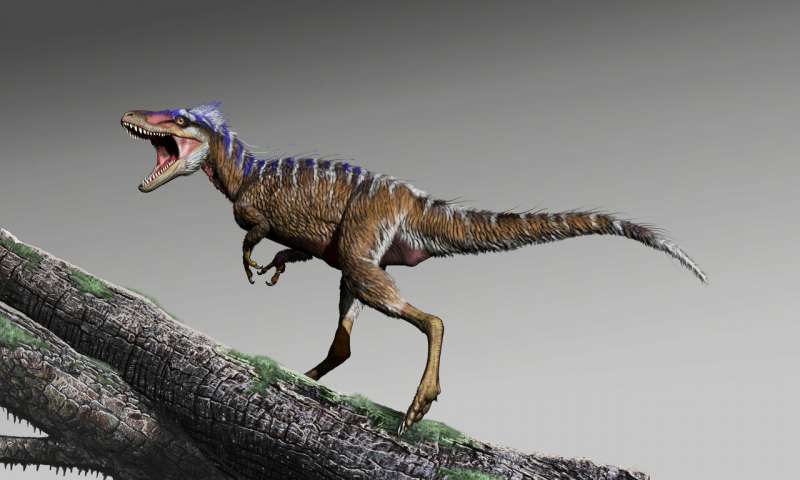
With Moros Intrepidus being such a new dinosaur there is still loads to learn. But below we have what has been found out so far, and what scientists can estimate from other members of the raptor family as well.
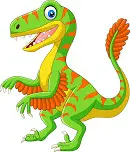
1. Moros intrepidus means ‘harbinger of doom,‘ It is from Latin / Greek. Moros means harbinger of Doom, and intrepid was used to explain that it was the first tyrannosaur and started their spread all over North America.
2. Harbinger means sign of change, which for this dinosaur is a great name! it is thought that this was one of the first relatives of the tyrannosaurus Rex, and over the next 20-30 million years this small predator would turn into the fearsome T-Rex. .
3. Morus Intrepidus is estimated to weight about 5ft tall, 78 kg (172 lb) in weight and be about 3 metres long.
4. The first fossil of Moros intrepidus was found in Utah, USA, in 2013 almost by accident! they were seen sticking out of a rock. Although the area was famous for finding theropod fossils already.

5. Like lots of other fossils found close to it, Moros intrepidus was a theropod, which means it was a meat-eating dinosaur with two legs.
6. Although Moros intrepidus was small, it was probably quite fast and agile its legs were not as thick as a T-Rex even for its size. Meaning it was likely a good runner.
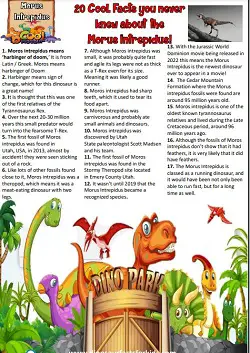
7. Moros intrepidus had sharp teeth, which it used to tear its food apart.
8. Moros Intrepidus was carnivorous and probably ate small animals, such as lizards, small or baby dinosaurs and mammals, unlike its great great great grandson the Tyrannosaurs could not have attacked the big long necked dinosaurs.
9. Moros intrepidus was discovered by Utah State paleontologist Scott Madsen and his team. they had been searching the area for 10 years for fossils when it was found.
10. The first fossil of Moros intrepidus was found in the Stormy Theropod site located in Emery County Utah. It wasn’t until 2019 that the Morus Intrepidus became a recognized species.
11. With the Jurassic World Dominion movie being released in 2022 this means the Morus Intrepidus is the newest dinosaur ever to appear in a movie! It will be its premiere!
12. The Cedar Mountain Formation where the morus intrepidus fossils were found is around 95 million years old. It is home to many other dinosaurs, such as Ankylosaurus, Ceratopsians, and utahraptors

13. Moros intrepidus is one of the oldest known tyrannosaurus relatives .and lived during the Late Cretaceous period, around 96 million years ago.
14. Although the fossils of Moros intrepidus don’t show that it had feathers, it is very likely that it did have feathers. Feathers may have been used to keep Moros intrepidus warm, or to help it attract mates.
15. Moros intrepidus was a small, carnivorous theropod dinosaur and everything we know about it is from just 2 fossils. Leg bones and some teeth.
Click for Printable Dinosaur Coloring pages below.
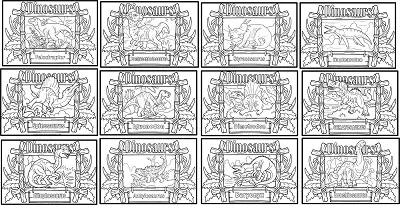
16. The Morus Intrepidus is classed as a running dinosaur and it would have been not only been able to run fast but for a long time as well.
17. It would have lived with larger predators than itself including the Allosaurus.
18. The fossils that were found were about 7-8 years old, in dinosaur years, so it was a sub adult and almost fully grown. This means the size estimates are quite accurate.
19. Discovering Morus Intrepidus is important as it fills a 70 million year gap between family members of the tyrannosaurs in North America.
20. It likey crossed the Land bridge from Asia to America (Earth looked very different 100 million years ago) As similar looking dinosaurs have been found in Asia.
21. Morus Intrepidus is one of the easier dinosaur names to say even though it has five syllables. We say it like this Moor – us – in – trep – id- us
Conclusion
The Morus Intrepidus may have been introduced as small enough to eat from a giganotosaurus mouth. Unless it was a very young one! They were a big enough predator to scare dinosaurs bigger, and would have been both fast and agile to go with their sharp teeth!
Although the jurassic World – Dominion Movie has only given use a peek at them so far, we hope they are going to be at least a little bigger in the full movie!

Some of My Dinosaur Resource Recommendations for Home and School.
Thanks for taking the time to read our facts and questions articles, as a teacher myself i have struggled to find resources in one place and that is why this website was born. I simply love teaching students about dinosaurs both in my role as a language and General Studies teacher. However there is sometimes a need for something more concrete than a printout (as useful as we think ours are! )
Sometimes having something tactile to touch in those tiny hands help to focus and cement learning and develop those big brains! Hope they are helpful too.
Dinosaur Books and Readers
There are of course hundreds of excellent, and not so excellent books on Dinosaurs for Children out there. So rather than, yet, go into huge detail. I will highlight the ones I love to use with my students from ages 6 to 10. We have include AR in these as well. ( nothing quite like a moving dinosaur in front of you!
Fossil Sets
I cant say how great these are to use in a classroom while reading with a group. the chance to read about a dinosaur and then touch a real piece is simply great. I have a selection ( self confessed dinosaur geek) but a cheap set of 10 or so will do the trick just as well. Dinosaur poop is great as well!!! i pass it round and ask them to guess what it is first!
Dinosaur Figures
I actually use realia in a lot of classes especially with animals and dinosaurs, and figures help to show the kind of animal we are reading about. It is possible to spend hundreds of dollars on dinosaur figures but there is no need, either as a teacher or a parent. The set below and similar we have used to help students picture dinosaurs to great effect.
References
https://www.nature.com/articles/s42003-019-0308-7
https://news.ncsu.edu/2019/02/zanno-moros/
Hi, I am Roy Ford a General Studies and English Teacher who has taught all over the world. What started as a fossil collection became a great way to teach, motivate and inspire students of all ages and all over the world about dinosaurs and from that and children’s love of dinosaurs came the site dinosaur facts for kids, a resource for all ages.
